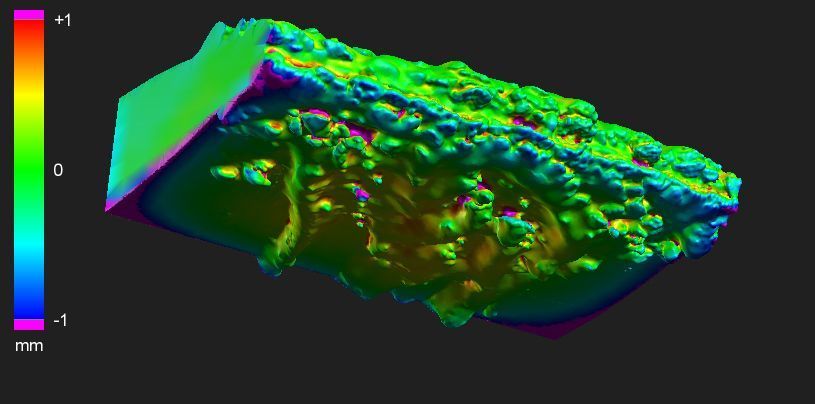Currently, there are three common in-flight de-icing systems used in civil aviation. The systems used for propeller aircraft and turboprops are mainly based on de-icing fluids as well as systems based on flexible, mechanical protective covers (known as “de-icing boots”), which are used to cover aircraft wings and steering gear. When ice forms, these protective covers can be pneumatically inflated to remove the ice layer. The systems based on de-icing fluids are named after the British company that developed them during the Second World War, TKS systems. Jet aircraft mainly use systems that work with the warm bleed air produced by the jet engines.
However, all of the above-mentioned methods have certain disadvantages. The boot systems have an adverse effect on the aerodynamics of an aircraft even when they are not in use; TKS systems rely on de-icing fluids, which means there is a relatively high weight load for the aircraft and the fluid may also run out in mid-flight; and systems that use warm bleed air blown through ducts consume a significant amount of power, which can be problematic, particularly in the case of smaller aircraft and especially in critical situations such as in-flight icing. Furthermore, the trend in aircraft construction is towards the use of composite structures, which are not suitable for use with hot air from the jet engines.
In view of the above, research activities now focus on the development of highly efficient electro-thermal de-icing systems in which heat is generated by electrical energy, which is conducted through layers of specially developed coatings and varnishes.
A promising novel approach
In the IceDrip project, FH JOANNEUM is working on a promising novel approach in collaboration with research and industry partners. IceDrip focuses on the use of a continuous thermal de-icing system located on the wing leading edge as well as an adjacent system that heats those segments of the wing on which ice can be formed. The continuous heating of the wing leading edge prevents an ice bridge from developing between the upper and lower side of the wing and ensures that a small ice-free gap splits any build-up of ice into two levels. The second, cyclic de-icing system on the wing causes the thin layer of ice that accumulates on the lower side of the wing to melt, and the ice layer is then sheared off by the aerodynamic forces that act on the wing.
IceDrip’s key goals are to increase the energy efficiency of the de-icing system and to make the de-icing process more reliable. This involves the testing of functional coatings made from nanostructured materials with excellent water repellent properties. These coatings could significantly support the melting/shedding of the water-ice film that forms on aircraft wings. To date, only very few scientific papers have been published on the beneficial combination of thermal de-icing and functional coatings. This makes research on combined systems such as IceDrip highly attractive from a scientific and technical point of view.








